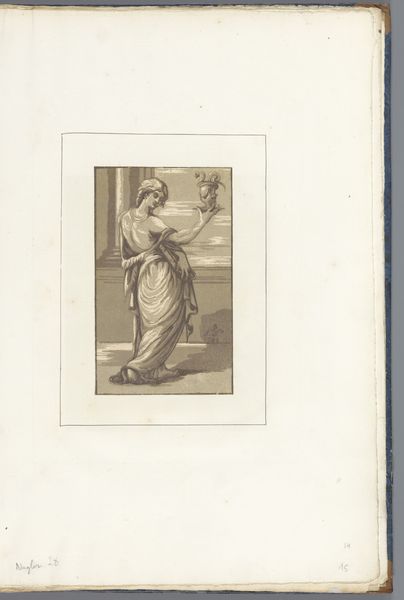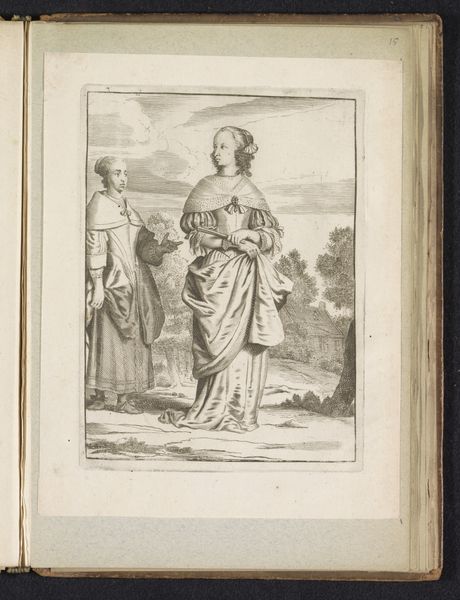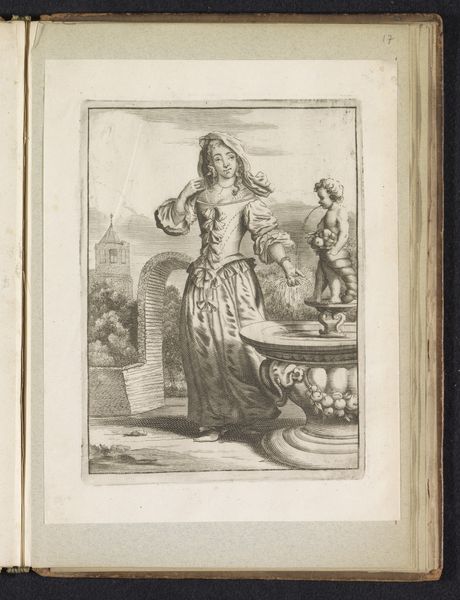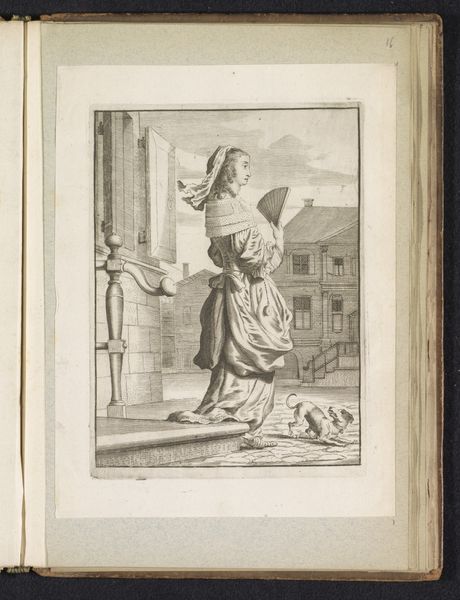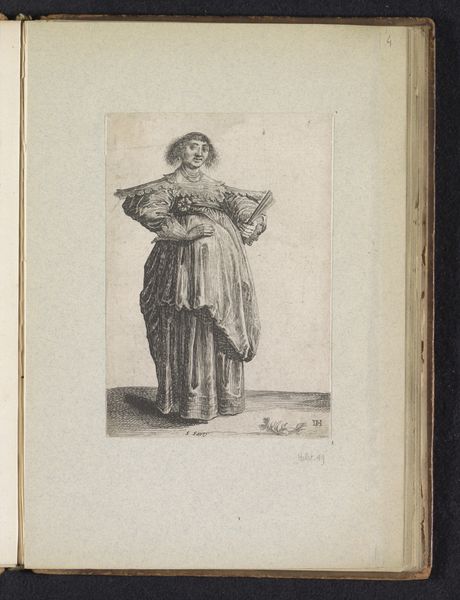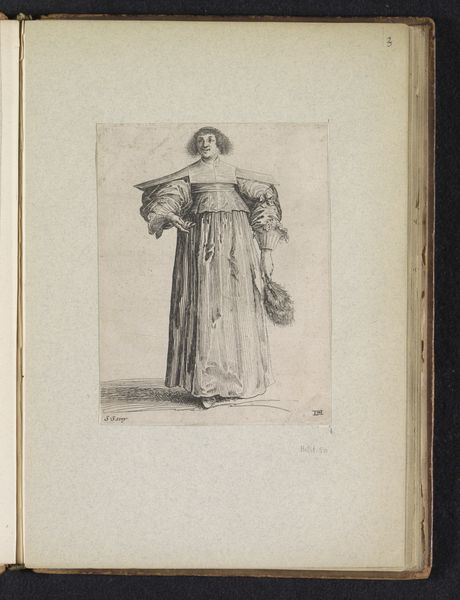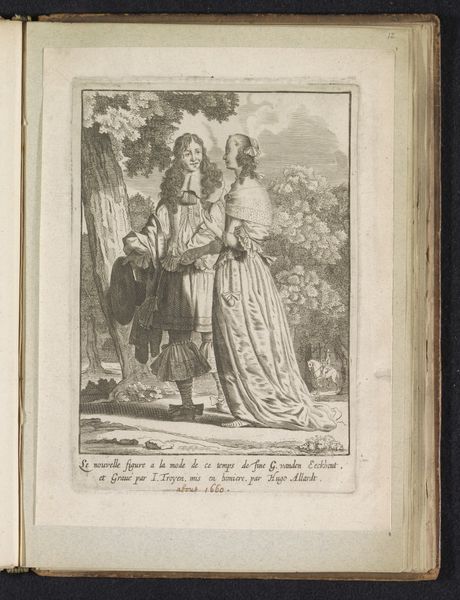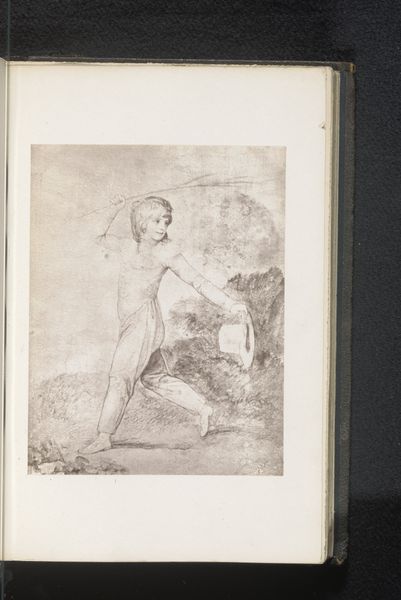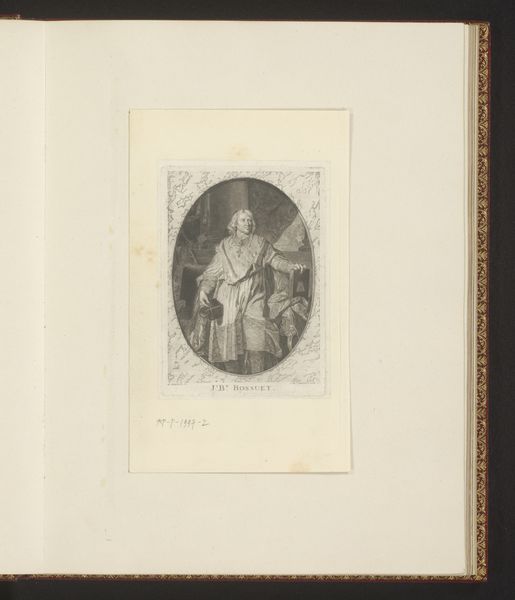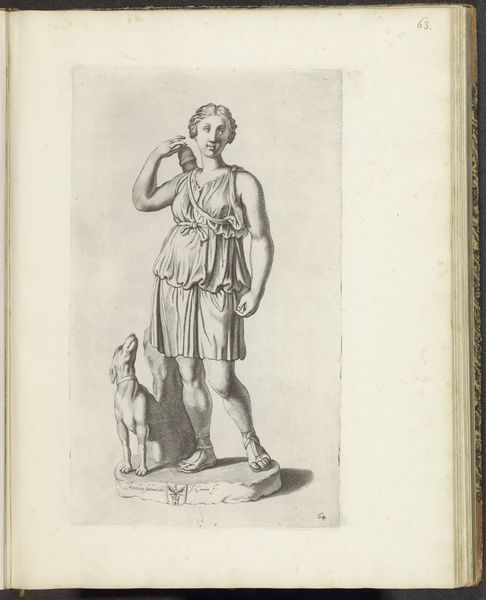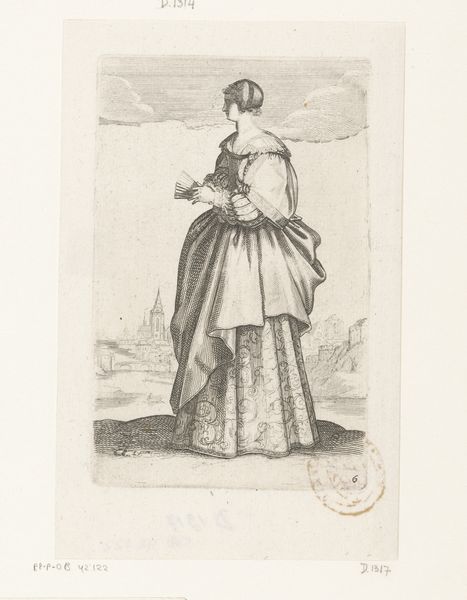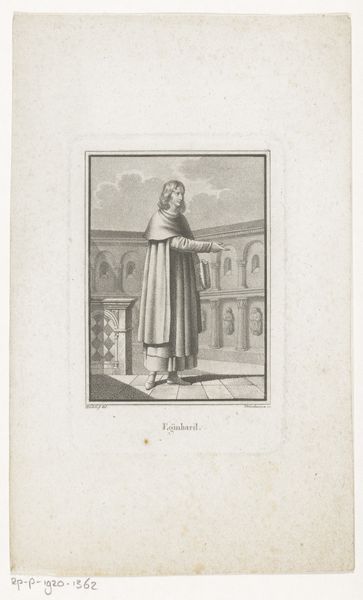
#
aged paper
#
toned paper
#
pencil sketch
#
personal sketchbook
#
coffee painting
#
pen-ink sketch
#
pen and pencil
#
watercolour illustration
#
dress
#
pencil art
#
watercolor
Dimensions: height 169 mm, width 124 mm
Copyright: Rijks Museum: Open Domain
Curator: Here we have "Dame op bordes, gekleed volgens de mode omstreeks 1660," attributed to Jan van Troyen, dating from around 1660. What are your initial thoughts on this piece? Editor: It evokes such a curious blend of poise and fragility. There's something almost melancholic about the woman’s posture, yet she is undeniably stylish. What was the intent behind this representation? Curator: Van Troyen’s sketch, likely part of a personal sketchbook, reflects the fashion trends of the Dutch Golden Age. The rendering provides insight into the social fabric of the period. The rising middle class sought to emulate aristocratic style, and artists played a role in documenting and disseminating these visual cues. Editor: The focus on fashion tells us a great deal about 17th-century ideals. Considering how dress has historically been a means of reinforcing social hierarchy, did this work function as a silent declaration of status or aspiration? The setting in a garden is relevant as well. Curator: Indeed. The attire, with its meticulous details, symbolizes status. Gardens at this time represented controlled nature, wealth, and refinement. So positioning the woman within that space really emphasized her place within a structured social order. These spaces offered some limited forms of liberty from domestic settings. Editor: And does that limited sense of freedom intersect with gender expectations of the time? The setting itself is curated; what options were available to women when expressing their independence, however restricted it might be? Her gaze feels indirect, adding a layer of complexity. Curator: Absolutely. Female portraiture often presents a narrative of societal expectations, and yet the artistry itself can challenge it. By studying the works of figures like Van Troyen we gain insight to not only the cultural expectations but also a look into the domestic settings of the upper class. Editor: That's well noted. The artwork encourages us to ask pertinent questions on fashion, positionality, power, and resistance. Curator: Examining works like this is critical in providing insight to life in the Netherlands. Editor: Agreed; these little windows into the past can truly provoke thoughtful insight into the contemporary period.
Comments
No comments
Be the first to comment and join the conversation on the ultimate creative platform.
